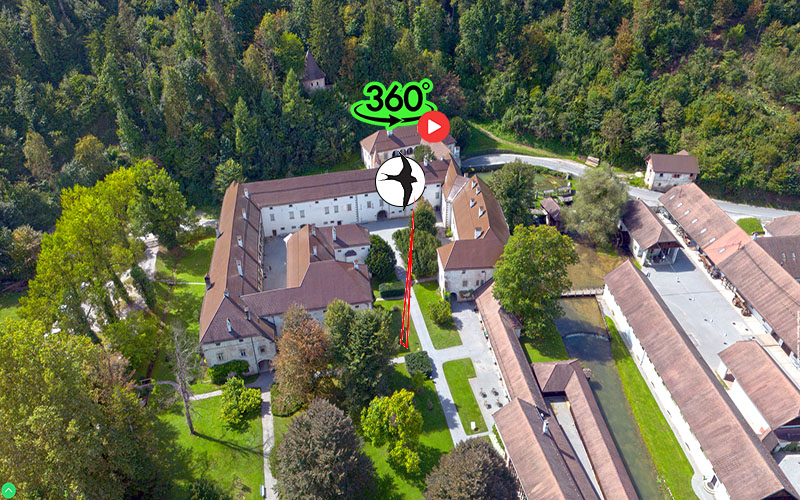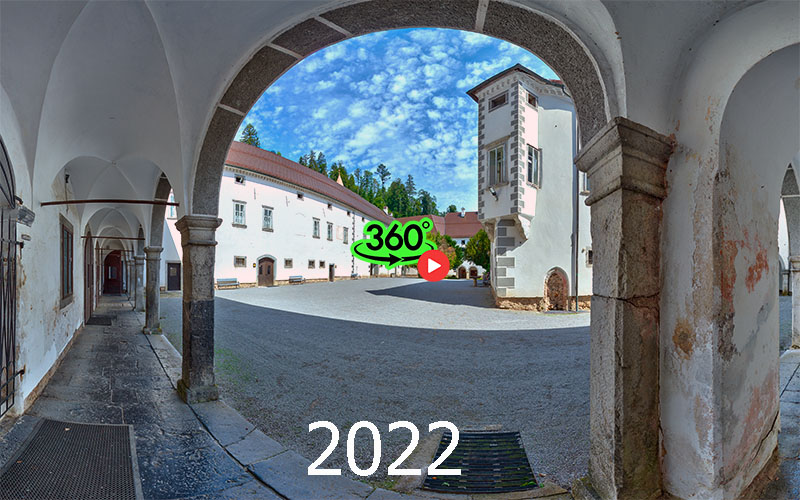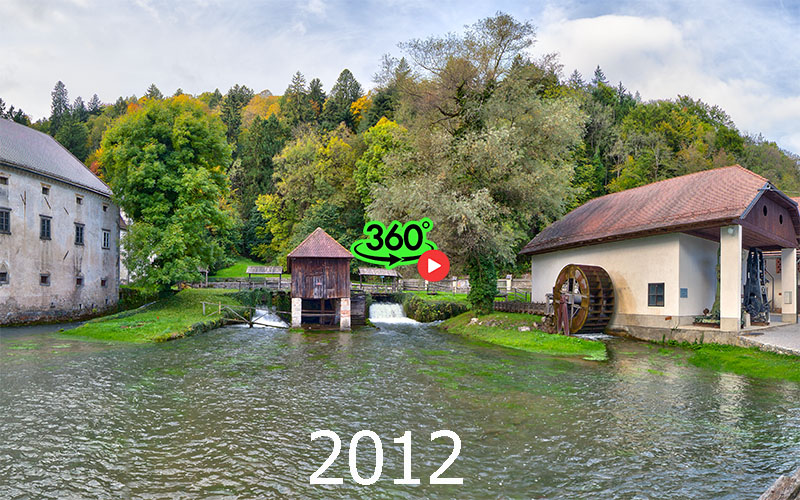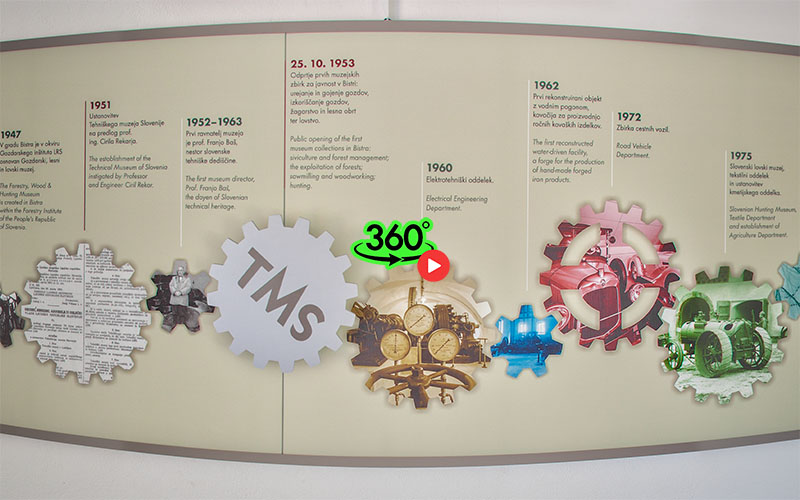|
The Carthusian monastery Bistra or Kartuzija Bistra, in Latin Domus Vallis Jocosae, was founded as the third Carthusian monastery in Slovenia. It was founded in 1255 by Bernard Spanheimski together with his son Ulrik the Third Spanheimski, then Duke of Carinthia.
The building is located on the southwestern edge of the Ljubljana Marshes, in the municipality of Vrhnika. Today, the building houses the Technical Museum of Slovenia.

This was the first Carthusian monastery in Carniola and, in addition to the Žička Carthusian, the Jurklošter Carthusian and the Pleterje Carthusian, one of the four Carthusian in Slovenia.
At first, it was called "Happy Valley" (Vallis iocosa), or Freudental in German, then after the nearby Borovnica, and only at the end of the 15th century did the name Bistra appear. In 1260, the monastery received a founding charter issued by Bernard's son, Ulrik the Third.
Pope Alexander the Fourth had previously (in 1257) already granted the monastery two papal privileges, with which he ensured the uninterrupted operation of the monastery. Later popes and secular rulers then primarily confirmed old rights to the monastery, or granted them new ones or granted them more estates. One of the more important privileges was exemption from customs duty on necessities of life. Because of this, Bistra expanded a lot and thus began to buy foreign estates, among others from the Žička Carthusian.

The first half of the 14th century represents the peak of the monastery's activity. This is how the operation of the monastery library, where many transcriptions and original works were created, was especially successful. In the years 1364 and 1382, the monastery was hit by two major fires, which started the slow decline of the monastery.
According to the administrative division of the time, the monastery property consisted of Borovnička and Kamnik areas, and in the fourteenth century the Parish of Cerknica was added to it. The first major crisis period was during the priory of Primož Jobst, when the monastery was threatened with closure several times.
The second major economic and cultural period of the monastery was the end of the seventeenth and the beginning of the eighteenth century, when the monastery also had twenty-four monks, who worked under the protection of the then provincial prince and emperor. In 1670, the building was hit by a strong earthquake, and in 1773 by a fire.
After each disaster, the building was rebuilt.
The core of the monastery was a typically Carthusian one-nave church from the 13th century with a small cruciform corridor, along which there were common rooms with the chapter hall and dining room. A large area on the eastern side was occupied by a large cruciform corridor, which connected the monastic cells arranged around it. In the middle was the monastery cemetery. The church, demolished in 1808, stood where today the courtyard opens towards the park.
The chapel of St. Jožef, decorated with rich stucco and frescoes by Anton Cebe from the second half of the 18th century. In the 16th century, farm buildings were added along the stream, and in the 17th, the monastery was remodeled and baroque arcades were added.

The twenty-ninth of January 1782 marked the end of Carthusian activity, when Emperor Joseph II. issued a decree on the dissolution of the monastery. The monks received severance pay and a pension, and the property was partly confiscated, partly sold, and partly handed over to the Church. The estate was bought in 1826 by the factory owner Franc Galle, who gave the building the appearance of a manor house and removed the last Carthusian elements.
Until 1808, a cemetery and a monastery church, built at the end of the thirteenth century, stood in the place where today the courtyard opens towards the park. After Galet's death, ownership of the estate was transferred to his heirs, who lived in the manor house until 1945.
After the Second World War, the estate was nationalized, and since 1951 the Technical Museum of Slovenia has been located in the building.
Literature:
Smole M.: Manor houses in former Carniola, Ljubljana 1982, p. 82, 83.
Technical Museum of Slovenia, ULR: www.tms.si, retrieved 7/8/2022.

|

